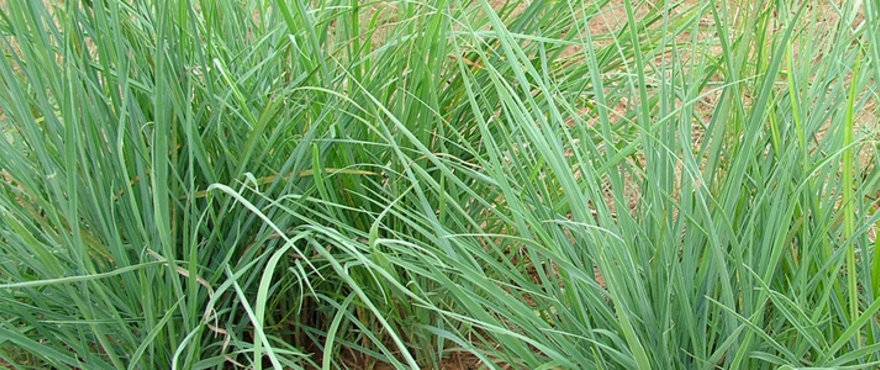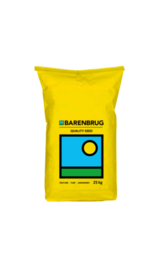Establishment
• Establish: October/December or February/March
• Soil pH: 4.8-5.8 (KCl)
• Planting depth: <25mm
• Seeds are woolly – palletisation is essential
• The seed can be broadcasted or drilled
Utilization
• Strict rotational grazing is required due to its high palatability
Alternatively, it can be left during its growing season to be utilised during winter and early spring
Production potential
• A good utilisation potential compensates for the relative low production potential
• It is a low-cost grass for dry areas
• Achieves economic animal production at a semi extensive level
• ± 0.75t/ha per 100mm rain
WOLLIE
Originates from Swartruggens in the North West Province of South Africa. It was selected from a commercial seed field of the “common” variety for a more uniform growth habit.




